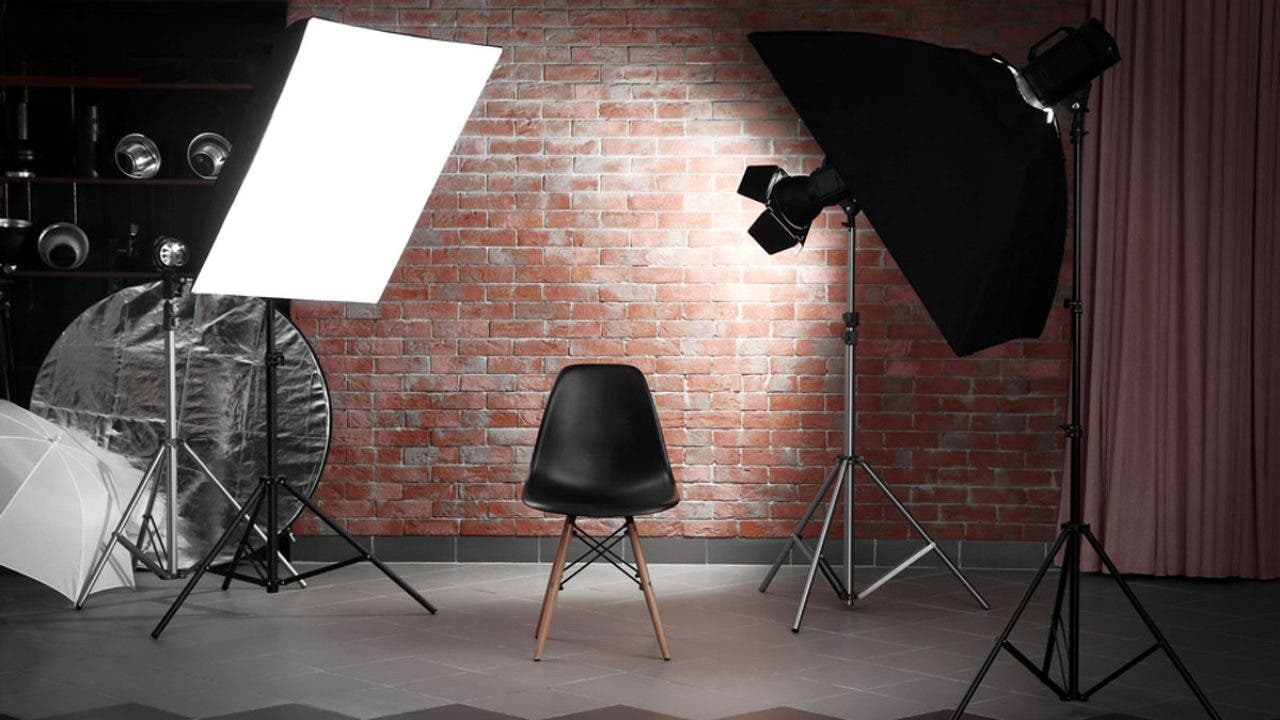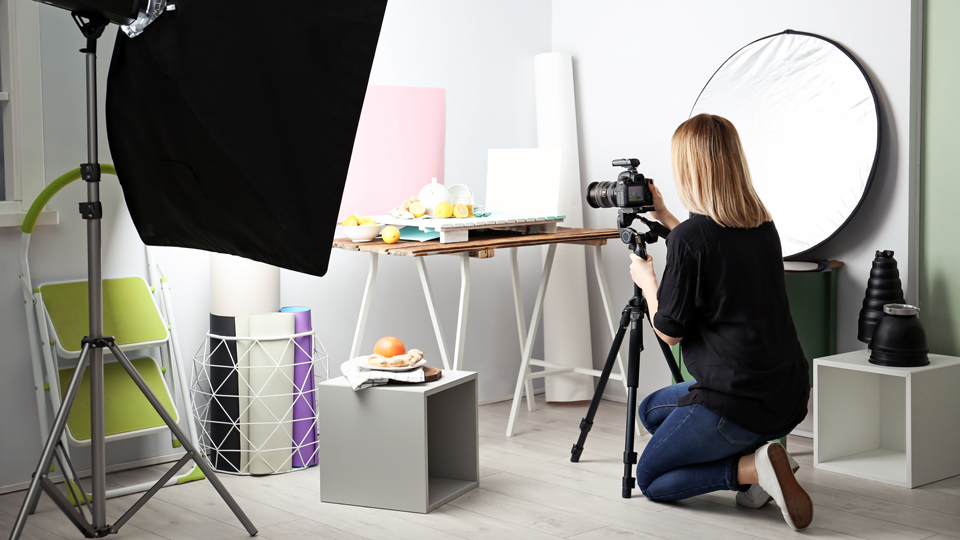What is Rim Lighting in Photography and Why It Matters?
Rim lighting plays a pivotal role in the world of photography. For professional photographers, understanding the nuances of what is rim lighting in photography can transform the way subjects are portrayed.
Rim lighting, often referred to as hair lighting, creates a halo effect around a subject, making it stand out from the background. This technique is particularly effective in portrait and product photography. By highlighting the edges of the subject, rim lighting provides a three-dimensional effect that enhances the visual appeal of your photographs.

Understanding the Basics of Rim Lighting
Before diving deep, it's essential to understand the fundamentals. Rim lighting works by positioning the light source behind the subject. This placement allows the light to graze the subject's edges, producing that coveted rim effect.
One of the most common setups involves using a single strobe or continuous light positioned directly behind the subject. This creates a luminous outline that accentuates details. Photographers should also consider ambient light and other surrounding elements that might affect the lighting.

Techniques to Create Stunning Rim Lighting
Generating stunning rim lighting may sound simple, but there are specific techniques that can optimize the effect:
1. Positioning the Light Source
Lighting placement is a critical factor. Experiment with the angle and distance of the light from the subject to achieve different rim intensities. Moving the light closer yields a more pronounced rim, while backing it off softens the light.
2. Controlling Ambient Light
Ambient light can dilute the impact of rim lighting. Ensure that your main light exposure is set properly, so the rim effect stands out against any surrounding light sources. For best results, shoot in low-light conditions to accentuate the rim effect.
3. Utilizing Reflectors and Flags
Reflectors can bounce light back to your subject. On the contrary, flags can block unwanted light that might interfere with your rim lighting. Having these tools handy can significantly improve your outcome.

Common Mistakes When Using Rim Lighting
Even experienced photographers can occasionally make mistakes when it comes to rim lighting. Here are common pitfalls to avoid:
1. Overexposing the Rim
One of the most significant mistakes is overexposing the rim to the point where details are lost. Adjust your exposure settings or use diffusers to soften the light.
2. Ignoring Backgrounds
A cluttered or distracting background can undermine the impact of your rim lighting. Opt for simple, neutral backgrounds that wont steal the spotlight from the subject.
3. Neglecting Post-Processing
Post-processing can enhance your rim lighting. Consider adjusting contrast and brightness to bring out the details further.

Applications of Rim Lighting in Photography
The unique characteristics of rim lighting make it suitable for various photography genres:
1. Portrait Photography
In portrait photography, rim lighting can create depth and drama. It helps separate the subject from the background, giving a more dynamic feel to the image. For portrait ideas, visit Low-Key Lighting.
2. Product Photography
Rim lighting is also effective in product shots, particularly for glass or metal items, where the rim can highlight curves and edges. By creating a dramatic outline, you can enhance the sophistication of your product. Learn more about Lighting Importance.
3. Fashion Photography
Fashion photographers often employ rim lighting to accentuate clothing textures and models' profiles, making features pop against vivid backgrounds.
Practical Tips for Implementing Rim Lighting
Here are some practical tips for achieving the best rim lighting results:
1. Experiment with Different Light Sources
Utilize various light sources, such as led panels, strobes, or reflectors, to see which setup best emphasizes the rim effect. The type of light also matters; a hard light source will create sharper edges, while a soft light produces a gentle outline.
2. Adjust Your Camera Settings
Ensure you adjust your camera's aperture, ISO, and shutter speed to capture the rim lighting effectively without losing detail in the highlights. Additionally, incorporating shooting in RAW format allows for greater flexibility in post-processing.
3. Collaborate with Your Subject
Communicate with your subject to strike poses that enhance the rim lighting. Subtle movements can dramatically change how the light interacts with the subjects features.
Creative Uses for Rim Lighting
Beyond traditional applications, rim lighting can lead to creative photography experiments. Here are a few ideas to consider:
1. Silhouette Effects
By adjusting exposure settings, you can create silhouettes combined with a rim effect for captivating visuals, adding an air of intrigue.
2. Fine Art Photography
Rim lighting can evoke strong emotions, making it a fantastic choice for fine art photography. Utilize this technique to play with shadows and forms.
3. Editorial Photography
Whether for magazines or blogs, rim lighting can make your editorial pieces stand out, providing a unique mood that captures readers attention.
Conclusion
Understanding what is rim lighting in photography is crucial for professional photographers aiming to elevate their craft. By utilizing strategic light placements, maintaining control over ambient lighting, and avoiding common pitfalls, you can achieve stunning results that captivate viewers.
Ready to take your photography skills to another level? Check out insights on more lighting techniques, including Lighting Basics or dive into specific setups with your camera. We're excited to see how you incorporate rim lighting into your work!
As an Amazon Associate, I earn from qualifying purchases.

